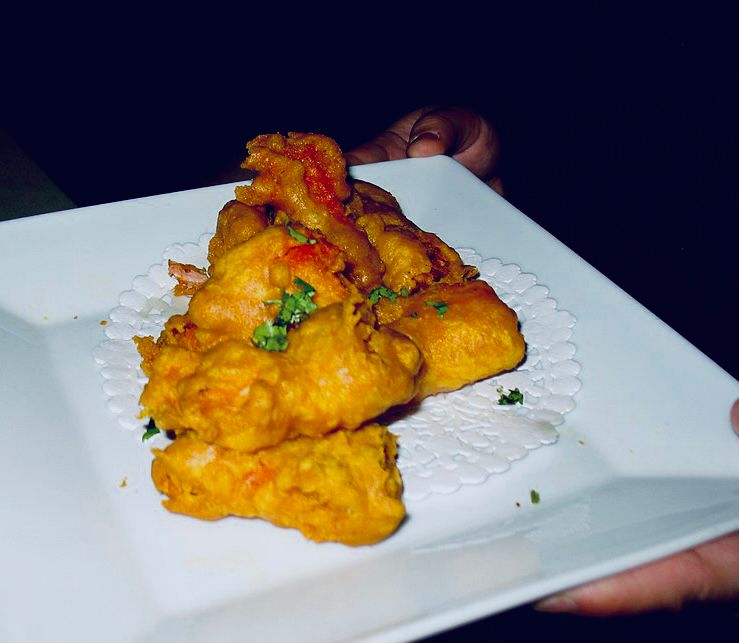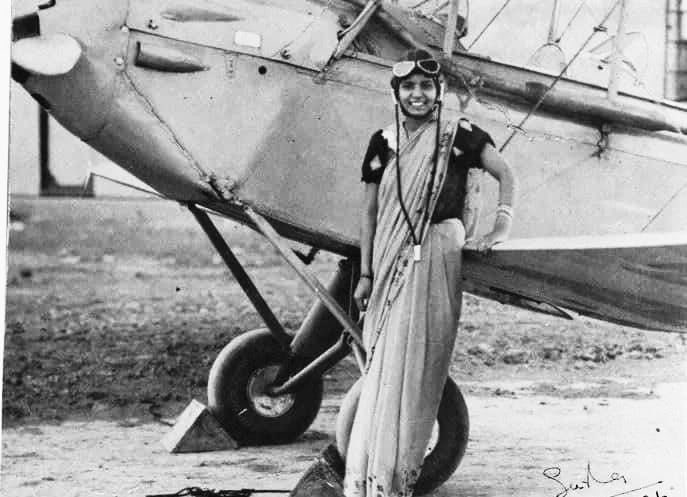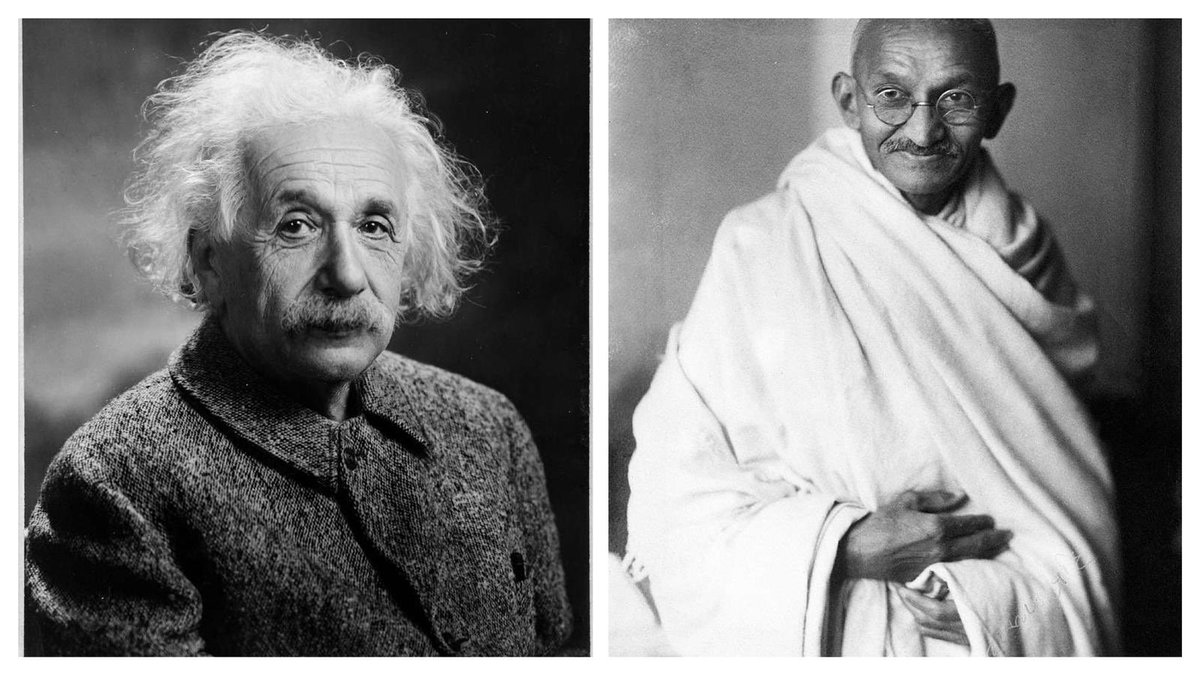
Holi, the festival of colors. The celebration of spring across the country, breaking down social barriers, even if for a day. It was in Mughal Delhi and Lucknow where the kings and emperors would soak in the colors of holi (1/n) 

This famous Mughal painting shows emperor Jahangir celebrating holi in the zenana (female chambers), possibly applying colors on his wife, empress Noor Jehan. The emperor’s autobiography also mentions the hosting of Mehfil - e - Holi (2/n) 

The tradition of Holi has also been beautifully captured in compositions of Sufi saints. Hazrat Amir Khusrau had written:
Kheluungi holi, khaaja ghar aaye
Dhan dhan bhaag hamare sajni
Khaaja aaye angaan mere
(3/n)
Kheluungi holi, khaaja ghar aaye
Dhan dhan bhaag hamare sajni
Khaaja aaye angaan mere
(3/n)
By the last Mughal, Bahadur Shah Zaffar's time, though the might of the empire had waned, the royal tradition of Holi continued unabated. On the auspicious day, the emperor received his Hindu noblemen who smeared him with gulal (4/n)
Zaffar, an accomplished poet in his own right, immortalized the occasion in these lines:
Kyun mope maari rang ki pichkaari
dekh kunwarji du’ngi gaari (5/n)
Kyun mope maari rang ki pichkaari
dekh kunwarji du’ngi gaari (5/n)
Bhaaj saku’n main kaise moso bhaajo nahin jaat
thaa’ndi ab dekhu’n main baako kaun jo sun mukh aat
Bahut dinan mein haath lage ho kaise jaane deoon
Aaj mainphagwa ta sau Kanha faita pakad kar leoon (6/n)
thaa’ndi ab dekhu’n main baako kaun jo sun mukh aat
Bahut dinan mein haath lage ho kaise jaane deoon
Aaj mainphagwa ta sau Kanha faita pakad kar leoon (6/n)
As the Mughal power declined, a new center of power emerged in Lucknow. One of the most intriguing characters of the Lucknow royals was the last king Wajid Ali Shah (7/n)
A devoted worshiper of Lord Krishna, little wonder that Holi became a major occasion in Lucknow during his time (8/n) 

Wajid Ali also composed the famous lines that resonated in Vrindavan and Benares through the years:
More kanha jo aaye palat ke
Ab ke hori main khelungi dat ke
Unke piche mein chupke se jake
Main unhe bhi rang dungi (9/n)
More kanha jo aaye palat ke
Ab ke hori main khelungi dat ke
Unke piche mein chupke se jake
Main unhe bhi rang dungi (9/n)
In the early 20th century, Gauhar Jaan recorded the song: Mere hazrat ne madine mein manayi holi (My prophet played holi in Madina) - keeping the multi-cultural tradition of the fhttps://www.youtube.com/watch?v=PdBBbpCe_v0estival of colors alive (10/n)
Today, it is especially important to remember and re-discover those times when festivals united and didn’t divide us (11/n)
Sources:
sabrangindia.in/article/colour…
thewire.in/history/holi-h…
scroll.in/article/800900…
Jahangir image: National Gallery of Australia, Canberra
sabrangindia.in/article/colour…
thewire.in/history/holi-h…
scroll.in/article/800900…
Jahangir image: National Gallery of Australia, Canberra
• • •
Missing some Tweet in this thread? You can try to
force a refresh















